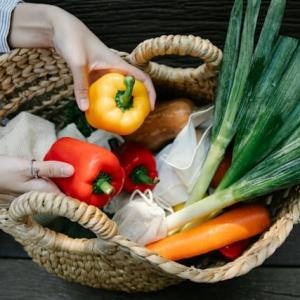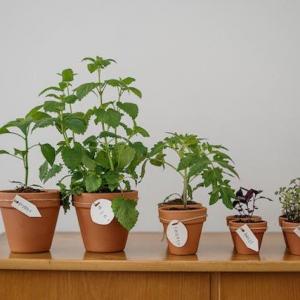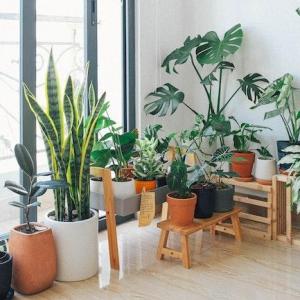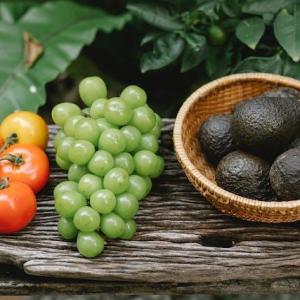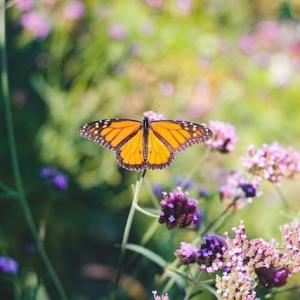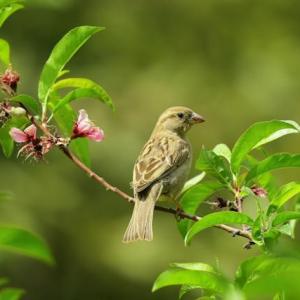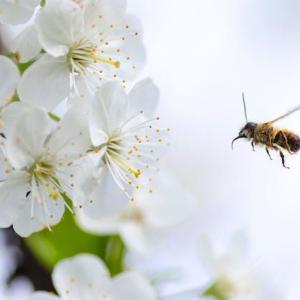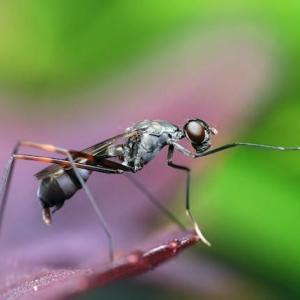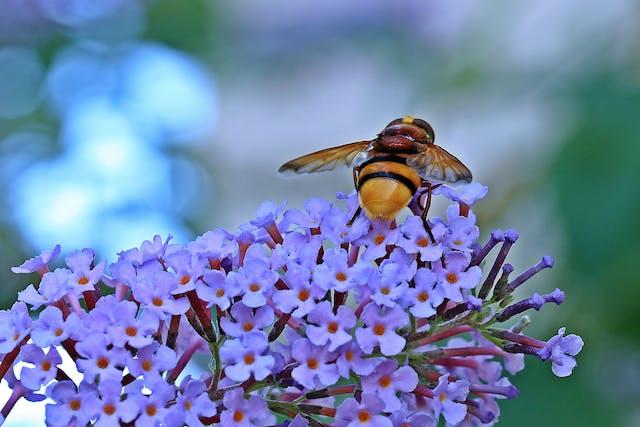
Plant a Diversity of Native Plants:
One of the most effective ways to attract beneficial insects and pollinators to your garden is by planting a diverse range of native plants. Native plants have evolved alongside local insects and pollinators, making them highly attractive and beneficial for these species. By including a variety of native plants in your garden, you provide essential food sources and habitats for a wide range of beneficial insects and pollinators.
Provide Shelter and Nesting Sites:
Creating suitable habitats and nesting sites is crucial for attracting beneficial insects and pollinators. Many of these species require specific conditions to lay their eggs, seek shelter, and overwinter. By incorporating various elements into your garden, you can provide the necessary shelter and nesting sites.For example, consider adding a variety of plant structures such as dense shrubs, tall grasses, and flowering vines. These provide hiding places, protection from predators, and opportunities for beneficial insects to lay their eggs. Dead trees or logs can also serve as valuable habitat for cavity-nesting bees and beetles. Additionally, leaving some bare soil patches or creating small mounds can provide nesting sites for ground-dwelling bees.
Avoid Chemical Pesticides and Herbicides:
Chemical pesticides and herbicides can be harmful to beneficial insects and pollinators, as they can disrupt their reproductive cycles, decrease their populations, and even cause mortality. To create a thriving ecosystem in your garden, it is important to avoid or minimize the use of these chemicals.Instead, embrace natural pest control methods and integrated pest management techniques. Encourage natural predators such as ladybugs, lacewings, and praying mantises to thrive in your garden by providing suitable habitats and avoiding the use of broad-spectrum pesticides. You can also use organic and biological pest control methods, such as introducing beneficial insects like parasitic wasps or using neem oil as a natural pesticide.
Provide a Water Source:
Water is essential for all living creatures, including beneficial insects and pollinators. By providing a water source in your garden, you can attract and sustain these species. A simple water feature, such as a shallow birdbath or a small container with water and pebbles, can serve as a drinking spot for insects and pollinators.Ensure that the water source is shallow and has a place for insects to land and access the water safely. Adding rocks or small twigs in the water can provide landing spots for bees and butterflies. It is also important to keep the water source clean and regularly refill it, especially during dry periods, to ensure a reliable water supply for your garden visitors.
Incorporate Pollinator-friendly Features:
To create an inviting environment for beneficial insects and pollinators, consider incorporating specific features that attract and support these species. Some features that can enhance your garden's appeal to pollinators and beneficial insects include:- Butterfly and bee houses: These structures provide shelter, nesting opportunities, and overwintering sites for various insects. They can be purchased or easily made with materials such as wood and bamboo tubes.
- Butterfly and hummingbird feeders: These feeders can supplement natural nectar sources and attract butterflies and hummingbirds to your garden. Use homemade nectar solutions without artificial dyes or additives, and clean the feeders regularly to prevent the spread of diseases.
- Flowering herbs and vegetables: Many herbs and vegetables produce beautiful flowers that attract pollinators. Examples include lavender, thyme, basil, and flowering herbs like dill and fennel. Let some of your herbs and vegetables go to flower to provide additional nectar sources.
- Create a log or stone pile: These structures provide hiding places and shelter for insects. They can be especially attractive to beneficial beetles, spiders, and ground-dwelling bees.
- Leave some leaf litter: Allowing a layer of leaf litter to accumulate in certain areas of your garden can provide habitat and food sources for many beneficial insects.
- Install bee-friendly nesting blocks: Mason bees and other solitary bees often nest in pre-existing holes or cavities. By installing nesting blocks made of untreated wood or bamboo, you can provide nesting opportunities for these important pollinators.
By incorporating these features into your garden, you can create a welcoming and supportive environment for beneficial insects and pollinators. These species will in turn help control pests, pollinate your plants, and contribute to a thriving and balanced ecosystem.
In conclusion, attracting beneficial insects and pollinators to your garden is essential for creating a thriving ecosystem. By planting a diversity of native plants, providing shelter and nesting sites, avoiding chemical pesticides and herbicides, providing a water source, and incorporating pollinator-friendly features, you can create an environment that supports and attracts these important species. By doing so, you not only contribute to the conservation of biodiversity but also enhance the health and productivity of your garden. So, start implementing these tips and enjoy the beauty and benefits of a garden buzzing with beneficial insects and pollinators.
Article
Be the first comment
Elite Article
107,191 Views
0
0



